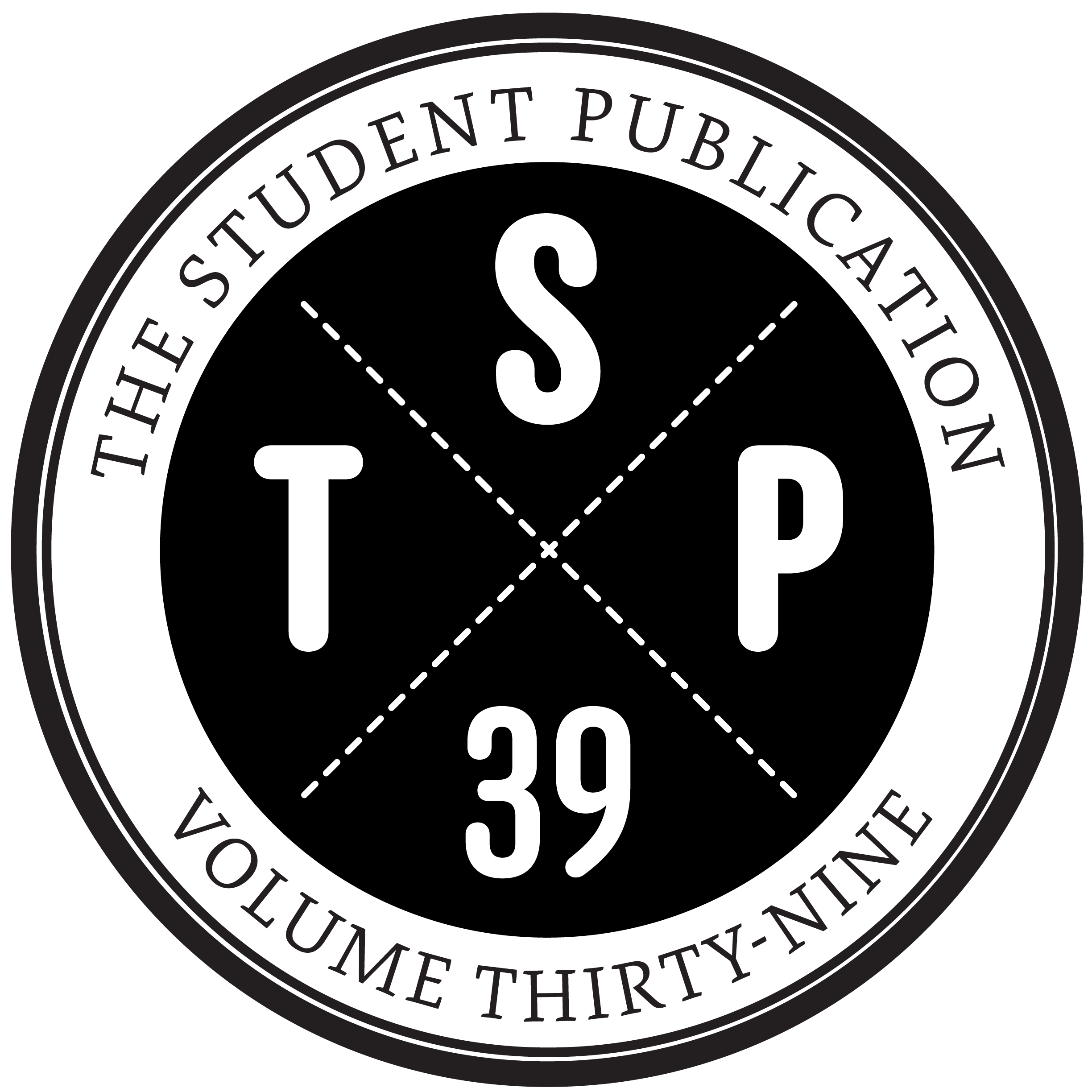Jennifer Peeler, Graduate Student in Architecture
Is the largest divide in American politics a spatial one? URBAN to RURAL. One need look no further than the red and blue election maps that identify each county with its primary vote to see evidence of the divide – isn’t the contrast of the cities easy to pick out? The divide was not obvious until it was mapped, until a designer distilled the information. By simplifying the world into patterns we have revealed a hidden complexity in the socially dynamic relationship between urban and rural people. Recognizable patterns make connections between the seemingly disparate ideas of geography and voting. What happens when ideas become connected? New patterns and ideas emerge from the chaos of overlapping complexities. Can designers make those patterns reality?
The city and the country no longer meet and overlap. What if they did? What if there was a place where the fabric of the city was interwoven with the landscape? What if the suburbs – the middle-class, median-income, average buffer zone between city and country – became instead a defining edge?
Architects make a profession of seeking opportunities to simplify, clarify and smooth the connections between ideas. The act of designing creates a transition between the truth of the world and the fiction of our minds. Design is the bridge between mind and matter. Design embodies the desire to frame the world within man’s understanding.
Within my short lifetime I’ve had the privilege, as the daughter of an Air Force officer, to move, live and travel across the United States. My understanding has been shaped by the rural farm and dairy where my parents grew up, the bases and suburbs where I spent my childhood and the cities I’ve visited and choose to live in as an adult. As a designer, now studying the complex reality of the places, when I read Kevin Lynch’s definition of the city as a pattern of nodes, districts, paths and landmarks or see Alan Berger’s analysis of drosscape and suburbia I remember the feeling of existing in all of those spaces.
I posit that the city can be distilled into basic parts: the buildings densely spaced, the streets that carry cars and people, the mixed-use thresholds between distinct neighborhoods, and the natural trees and water preserved. By identifying this simplification of “the city” what becomes evident is the city isn’t the only place where this pattern exists. The very same parts exist in rural areas. The streets become highways surrounded on both sides by trees; they cross rivers and little country roads, with frequent “exits” to dense mini-cities. Highways were created as simple corridors from city to city but the little country roads they cross are meshworks of a far more complex nature. Criss-crossing the landscape of corn and tobacco fields, country roads sometimes meet without any more ceremony than a big red barn. At other times, there might be a little island of mixed-use mini-city with a general store, a restaurant, a car repair shop, and whatever services the old men sitting around happen to offer. These mini-cities are the heart of rural America and aren’t that different from the urban centers of our country. The truth of the world is that rural mini-cities and urban areas are separated by miles of asphalt passing through indistinct mixtures of industrial hinterland and suburban sprawl. The fiction that designers perpetuate by continually ignoring rural life is that this geographic separation makes those places and the people that live there different than city and its dwellers. We designers have hundreds of books written on city planning, urbanism, new urbanism, everyday urbanism, but very few people recognize ruralism. A fictitious city-dominated view of American designers may very well contribute to the social and political divide between city and country. Architects looking to design a new city, a new future, must recognize that the complex fabrics of urban and rural America are compatible and look to both for inspiring a new reality.

